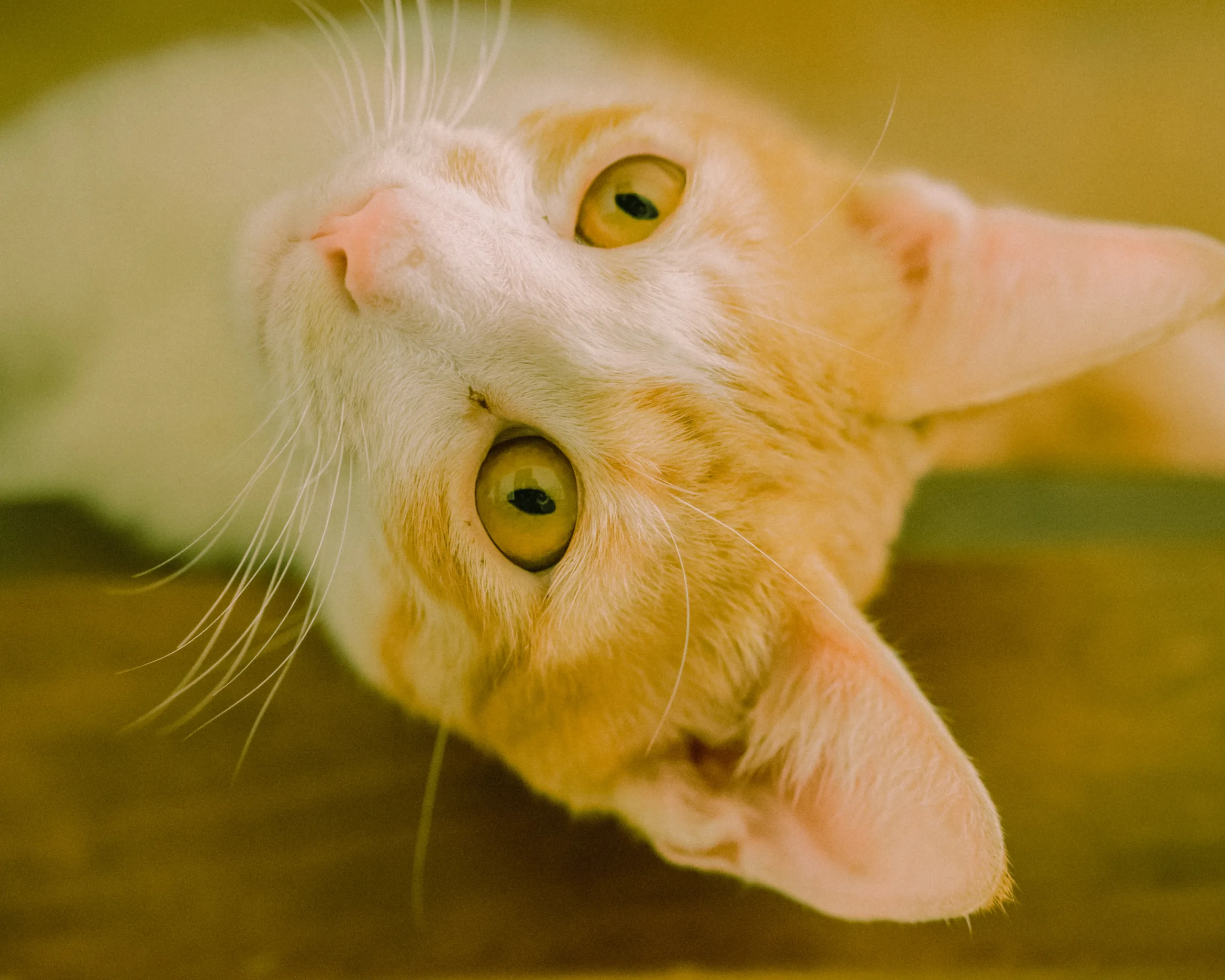Cats are known for their enigmatic and captivating eyes, which can display a range of emotions and responses through their pupils. The mesmerizing way a cat’s pupils change in size often leaves us intrigued and curious about what these fluctuations signify. In this article, we will explore the reasons behind why cats’ pupils change, shedding light on their fascinating visual communication and the emotions they convey.
For more about cats click here
What Does It Mean When Cats’ Pupils Are Big?
When a cat’s pupils are dilated or large, it usually indicates arousal, excitement, or a heightened state of alertness. Dilation allows more light to enter the eyes, enhancing a cat’s ability to detect movement and assess its environment. This response is often seen when a cat is engaged in play, hunting, or exploring new surroundings.
Why Do My Cat’s Eyes Dilate When She Looks at Me?
If your cat’s pupils dilate when she looks at you, it could be a sign of various emotions. It might indicate excitement to interact, curiosity, or even recognition. Cats might dilate their pupils in response to heightened interest in something or someone, and looking at you could be triggering this response.
What Does It Mean When a Cat’s Pupils Are Different?
A cat’s pupils can appear different in size due to the varying levels of light in their environment. In bright conditions, the pupils constrict or become smaller to prevent excessive light from entering the eyes. In dim lighting, the pupils dilate or become larger to allow more light in. This ability to adjust the size of their pupils helps cats optimize their vision in different situations.
Do Cats’ Pupils Change With Emotion?
Yes, a cat’s pupils can change with different emotions. Pupil dilation can occur in response to emotions such as excitement, fear, anxiety, and aggression. Cats’ eyes are finely tuned indicators of their mood and feelings. For example, when a cat is startled or frightened, their pupils might dilate as part of their “fight or flight” response.
Why Does My Cat Stare at Me?
Cats stare for various reasons, and their gaze can have multiple meanings. Sometimes, a cat’s gaze is a sign of curiosity or attention. If your cat stares at you while blinking slowly, it’s often interpreted as a sign of affection and trust. However, prolonged staring might also be a way for a cat to communicate a need or desire, such as hunger or playtime.
Do Cats’ Pupils Dilate When Happy?
Cats’ pupils can dilate for reasons beyond negative emotions. While pupil dilation is often associated with excitement or arousal, it can also happen when a cat is content or comfortable. For example, a cat might be at ease and content when lounging in a sunny spot, and their pupils might be dilated due to the pleasant environment.
External Resources for Understanding Cat Behavior
For further insights into feline behavior and communication, consider exploring these resources:
- American Veterinary Medical Association – Cat Behavior
- International Cat Care – Understanding Your Cat’s Behavior
Frequently Asked Questions About Cats’ Pupil Changes
Q1: What does it mean when cats’ pupils are big?
Big pupils in cats often indicate arousal, excitement, or heightened alertness. It’s a response to varying light conditions and emotions.
Q2: Why do my cat’s eyes dilate when she looks at me?
Dilated pupils when looking at you might signal excitement, curiosity, or recognition of your presence.
Q3: What does it mean when a cat’s pupils are different?
Different pupil sizes are a natural response to varying light levels in the environment. Pupils constrict in bright light and dilate in dim light.
Q4: Do cats’ pupils change with emotion?
Yes, cats’ pupils can change with emotions such as excitement, fear, anxiety, and aggression.
Q5: Why does my cat stare at me? Cats stare for various reasons, including curiosity, affection, or communication of needs.
Q6: Do cats’ pupils dilate when happy?
Yes, cats’ pupils can dilate when they are content or comfortable, as well as when they are excited.
In Conclusion
Cats’ eyes are windows to their emotions and perceptions, and their pupils play a pivotal role in expressing their feelings. From excitement to contentment, their pupils change to accommodate their responses to different situations. By observing these subtle cues, we can gain a deeper understanding of our feline companions and respond to their needs and emotions in a way that strengthens our bond with them.
